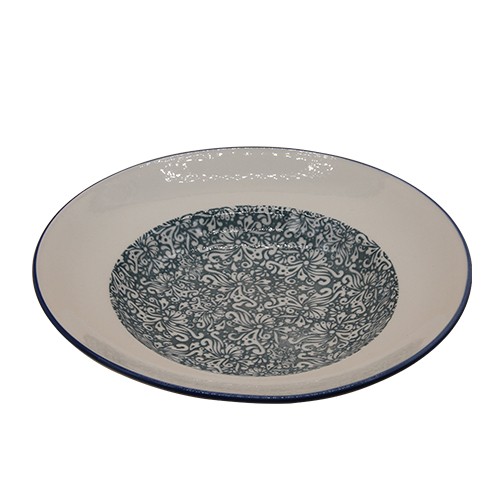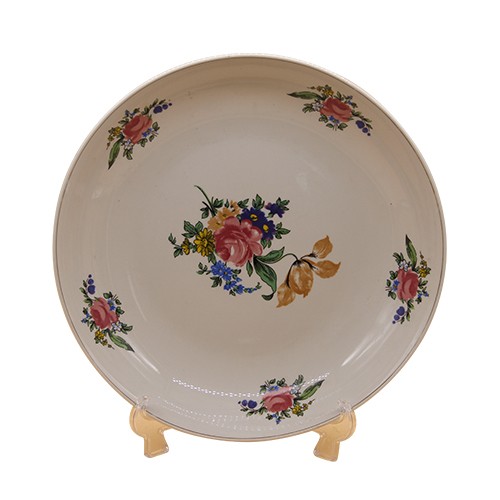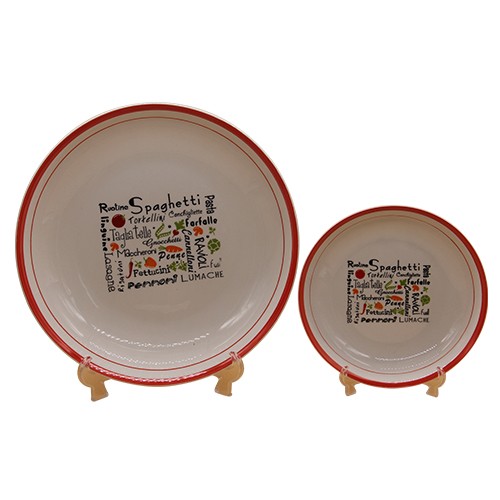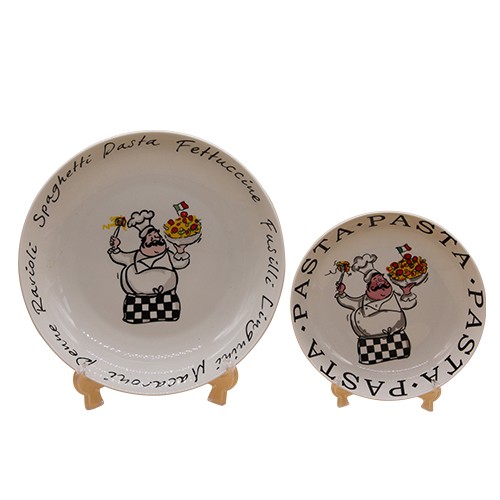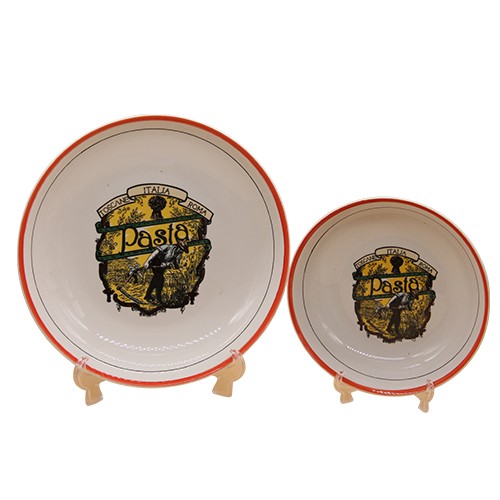With the rapid development of the social economy and the ceramic industry, the waste of the ceramic industry is increasing. It not only causes great pressure on the urban environment, but also limits the development of the urban economy and the sustainable development of the ceramic industry. Therefore, the treatment and utilization of waste in the ceramic industry Very important. At present, the treatment and utilization of waste materials in China's ceramic industry is relatively low, and funds are in short supply, which results in a large amount of waste residues occupying cultivated land and polluting water and air. Especially in the rapid development of the past 20 years, with the increase in output of the ceramic industry, the amount of scrap is increasing.According to incomplete statistics: Foshan ceramic production area only, the annual output of various ceramic scrap has exceeded 4 million tons, and The annual output of ceramic waste in the country is estimated to be about 10 million tons. Such a large amount of ceramic waste is no longer a problem that can be solved by simple landfilling. With the economic development and social progress, the environment has become the focus of attention. Ceramic waste The accumulation of land occupies the land and affects the dust content of the local air. The landfill of ceramic waste consumes manpower and material resources, and also pollutes the quality of groundwater. How to turn waste into treasure and turn waste into resources has become a top priority for science and technology and environmental protection departments.
Therefore, our country must attach great importance to the recycling and utilization of waste materials in the production of ceramics, raise it to the level of environmental material science for research and utilization, and raise it to the height of national green environmental protection.
2 Source and classification of waste
The waste in the ceramic industry mainly refers to the waste generated in the processes of forming, drying, glazing, handling, roasting and storage during the production of ceramic products. It is generally roughly classified as follows.
(1) Blank waste mainly refers to the waste formed before the firing of ceramic products, including glazed blank waste and unglazed blank waste.
(2) Waste glaze is in the form of sewage in the production process of ceramic products (except for deep processing steps such as grinding, polishing, and chamfering of polished tiles) .The solid waste formed after purification of sewage usually contains heavy metal elements According to its chemical content, it can be divided into toxic waste glaze and harmful waste glaze.
(3) Firing waste is the waste generated after roasting of ceramic products, which is mainly caused by firing waste and damage in storage and transportation and other production processes.
(4) For ceramic kilns that use heavy oil or coal as fuel, due to the high mechanical and chemical incomplete combustion losses of heavy oil and coal, a large amount of free carbon from unburnt embers is formed, which easily pollutes ceramic products. Therefore, daily-use ceramic products are usually roasted by flame heating. The most economical way to obtain the flame-proof heating method is to use casket roasting. In addition, a very small number of small tile production enterprises still need to use caskets when using porous kilns to roast products. Because the sagger is subjected to room temperature many times, the thermal stress at high temperature and room temperature and the handling and collision during the potting process are easily damaged and become slag waste.
(5) After a series of deep processing, such as porcelain bricks and thick glazed bricks, after scraping and setting thickness, grinding and polishing, and edging chamfering, become a glossy and smooth polished brick product, a large amount of brick scraps are generated. The grinding and polishing process usually removes 0.5-0.7 mm of surface layer from the surface of the brick, sometimes even as high as 1-2 mm, then the production of 1 square meter of polished bricks will form about 1.5 kg of brick scraps. As an example, the polishing production line produces about 8.4 million tons of polished brick waste residue every year.
3 Comprehensive utilization at home and abroad
3.1 Used to produce ceramic tiles
3.1.1 for tile blanks
Building ceramics companies also cause many types of industrial waste when they are engaged in production. Such as used for washing raw materials and waste mud water discharged from washing equipment, waste tiles after firing, unusable saggers and kiln furniture. At present, breakthrough research has been made on the recycling of industrial waste generated by ceramic factories themselves. The waste muddy water can be added to the ceramic tile ingredients for the ceramic tile blank after being recovered, debris removed, and iron. For wastes such as waste products, waste saggers and waste kiln furniture that have been fired at high temperatures, they can also be re-crushed and processed to grind them to a particle size of less than 5mm, and then add them to ceramic tiles or Western-style tiles at a rate of 3w% Is used in ceramic tile blanks. In recent years, many Japanese ceramic construction enterprises have been equipped with belt-type rotary mill devices, which specialize in the reprocessing and recycling of the waste materials generated in the enterprises, and have achieved obvious economic and social benefits. Many countries in the world have positioned green ceramic products as products that do not form pollution on the production line. To allow ceramic enterprises to truly form a production system without waste discharge and achieve a virtuous cycle has become the goal pursued by many ceramic manufacturers.

